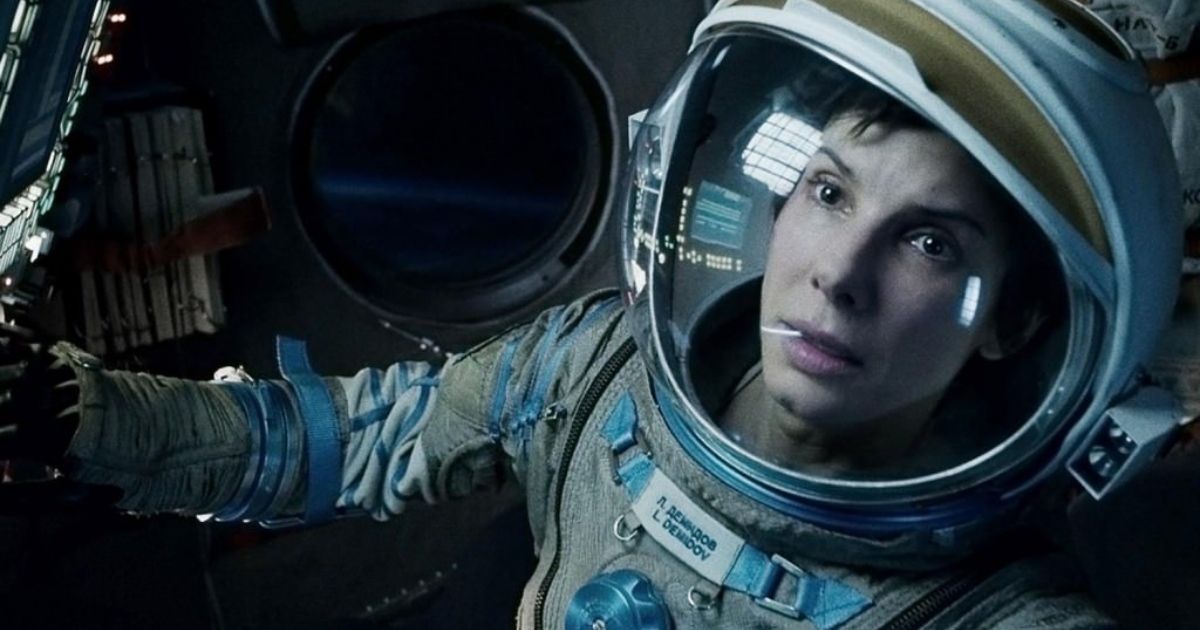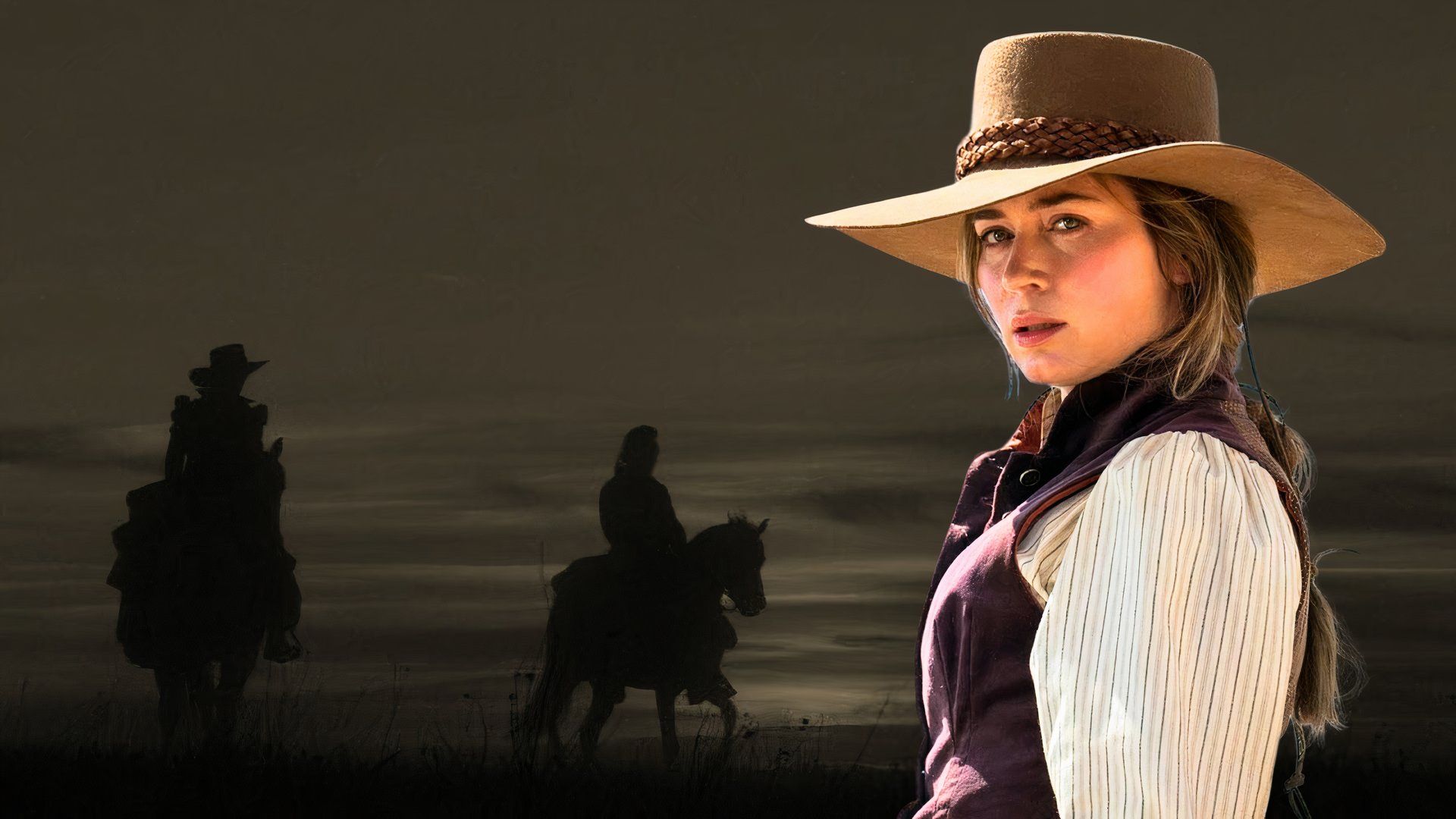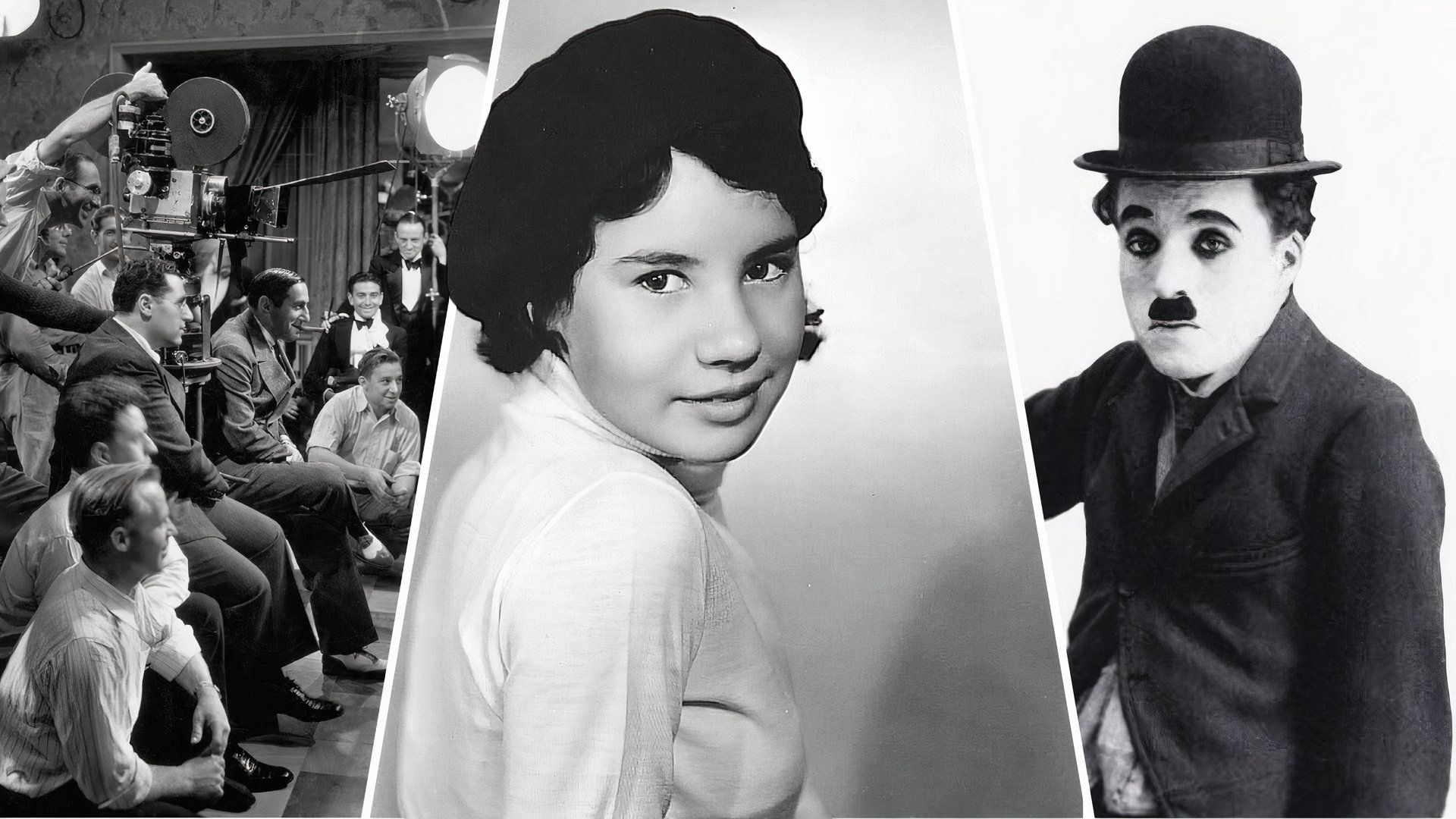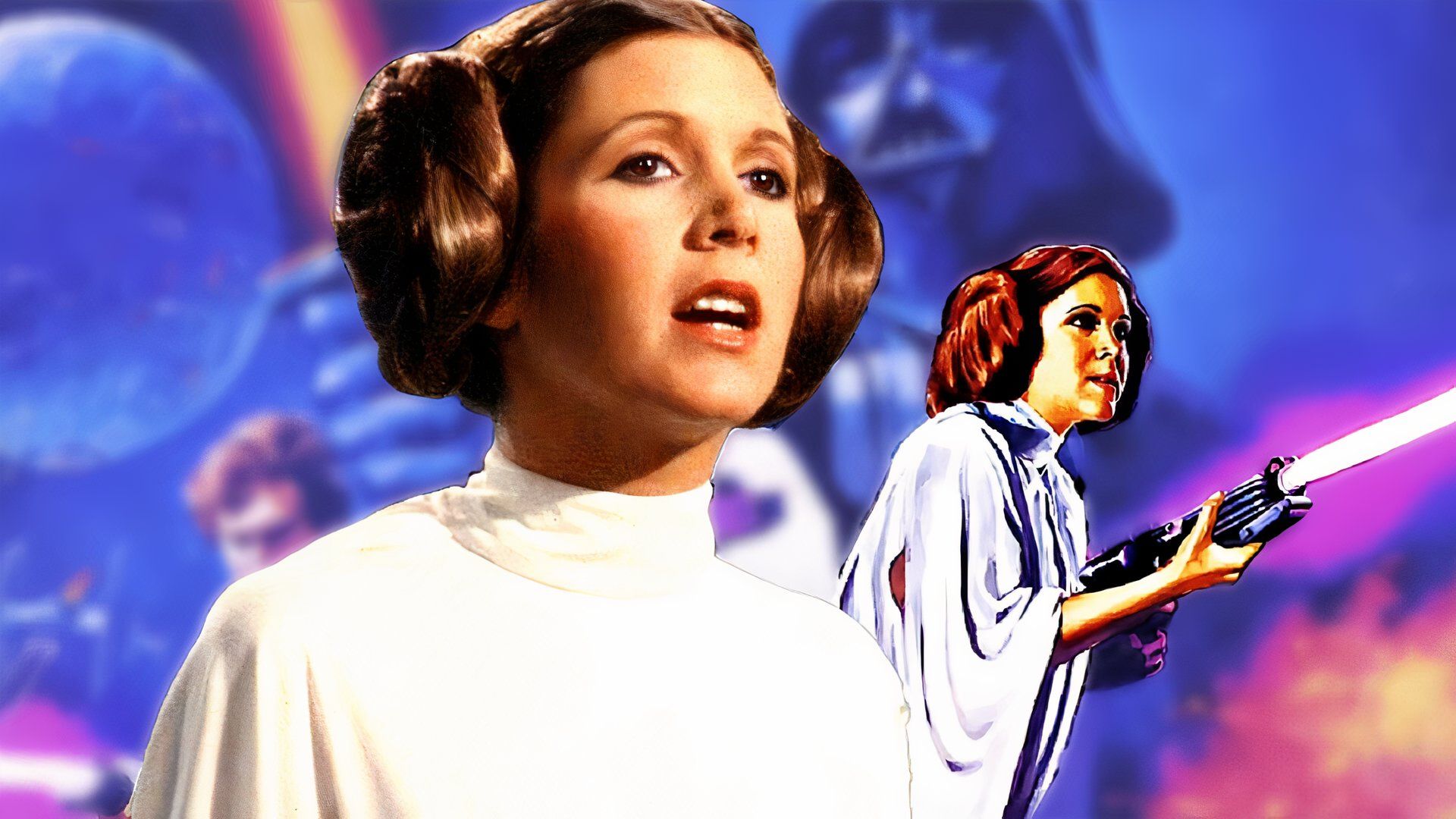Gravity first dazzled audiences ten years ago due to its groundbreaking direction, visuals, and cinematography. While director Alfonso Cuarón crafts a visually beautiful portrait of the reality of space that exists outside our world, he also showcases the more frightening aspects of it. Gravity may not be a horror film, but it shares a lot of tendencies with the genre due to its suspense and its terrifying notion of being lost in the vastness of space all alone. Our very universe invokes terror for the audience, making Gravity present one of the most terrifying depictions of space on film.
Gravity follows Dr. Ryan Stone (Sandra Bullock) and Lieutenant Matthew “Matt” Kowalski (George Clooney), two astronauts who attempt to return to Earth after the destruction of their Space Shuttle while in orbit. Ultimately, circumstances find that the two astronauts won’t be able to escape this situation together, and Stone is left alone to figure out a way to navigate against the natural forces of space in order to somehow get home.
Space Is the True Villain in Gravity
Right from the start, Gravity makes it known that the true villain of the movie is the basic reality of space itself. The perils of the universe are spelled out clearly with white text that appears on a black background as we enter the film:
“At 600km above planet Earth the temperature fluctuates between +248 and -148 degrees Fahrenheit. There is nothing to carry sound, No air pressure, No Oxygen. Life is impossible in space.”
From the onset, the audience knows that the leads will likely face a situation where there will be a lack of oxygen, bone-chillingly freezing temperatures, and the innate difficulty of being able to maneuver against the reality of gravitational forces. With these obstacles put in place, the reality of life in space is put squarely into the face of the viewer as it becomes known that the characters will have severe limitations in navigating through all of these forces.
In an early example of the film’s depiction of harrowing circumstances, we see things from Stone’s perspective as she floats into the depths of space with no way to maneuver her way back to a safe location. The camera shows the audience shots from the helmet that display readings indicating that she only has 10 percent of oxygen left before the situation becomes dire. By putting the audience into Stone’s position, Cuarón gives the viewer the same level of fear that she’s experiencing at the moment.
This point is driven home in another scene that sees Stone trying to enter the space shuttle following Kowalski’s death. Even though she enters the shuttle successfully, her oxygen levels are so low that the audience can hear her desperately grasping for air. While there is safety in the shuttle, Stone has to wait for air pressure to stabilize, and this is all expertly milked for tension as the pressure percentage continues to rise.
The audience becomes engaged with Stone’s every breath until the moment the pressure finally stabilizes, and Stone can safely remove her suit and helmet. In the vastness of space, the act of breathing is something that you have to work for while it’s a natural dependency easily obtained on Earth. Space doesn’t allow for this dependency, and having that snatched away from you shows just how relentless the universe can be.
The ability to move with ease is also stripped from you in space, and it’s an aspect of the film that is showcased to frightening effect. There is no object to truly ground the characters on, so they are constantly falling victim to the gravitational forces against them. In one scene, Stone and Kowalski attempt to make their way back to the ISS (International Space Station) while tethered together.
The pair project themselves towards the shuttle, but Kowalski has already used all the fuel to guide them in that direction. Without the fuel, the duo’s every movement comes down to gravitational forces, and the lack of control over their own movements sends them slamming into the ISS. Before they know it, they are floating through space and desperately trying to grab hold of anything to not float so far away that they ultimately become lost. The situation becomes more heart-pounding when they become detached from each other, and Stone is left falling away from the ISS.
Gravity Presents the Absolute Fear & Isolation of Being Lost in Space
The end result of the scene is heartbreaking and chilling. Stone’s foot is caught in a net of ropes as Kowalski is able to drift close enough to her in order for her to grab the tether. While this appears to help matters, Kowalski’s momentum is pushing him further away from the safety of the ISS. They both finally have objects to ground themselves, but gravity is still in control of all of their movements in the vast emptiness of space. It becomes clear to Kowalski that for Stone to survive, he has to detach himself for her to float back to the ISS. The result is Stone getting to safety but Kowalski being lost to the darkness of space with no hope of survival.
Some of the fear generated in Gravity comes from the human reaction to being lost in unfamiliar territory. Once Stone is left to her own devices following Kowalski floating away to his death, the audience is left with the psychological effects being put upon her as she attempts to escape what seems like an impossible situation.
Credit has to go to Bullock for carrying the majority of the film on her emotional weight as she showcases the evolving emotions of Stone. There are moments where it seems like she wants to give up, and then others when she seems determined to survive. All of this transpires in a location so very far from home and unfamiliar. Without the proper safety measures in place, the natural force of space becomes isolating for Stone.
Gravity would prove to be a huge hit upon release, grossing over $723 million worldwide on a $100 million budget while also becoming a huge awards darling. The film was nominated for ten Academy Awards, including Best Picture and Best Actress for Bullock. It would go on to win seven of those awards, including Best Director, Best Original Score, Best Cinematography, and Best Visual Effects. It comes as no surprise that the film won many of its technical awards because it presented space in a way that didn’t feel “Hollywood.” Everything about Gravity seems chillingly grounded in reality.
Perhaps Gravity was so successful because people have a natural fascination with space. It represents the unknown, and there is an innate curiosity to explore the unfamiliar. That being said, while space can be fascinating, Gravity showcases the dangers of space travel without the threat of aliens or otherworldly forces. Space itself is the enemy, and that is the only threat the film really needs. Will any film be able to do the same? For now, we wait and see.



